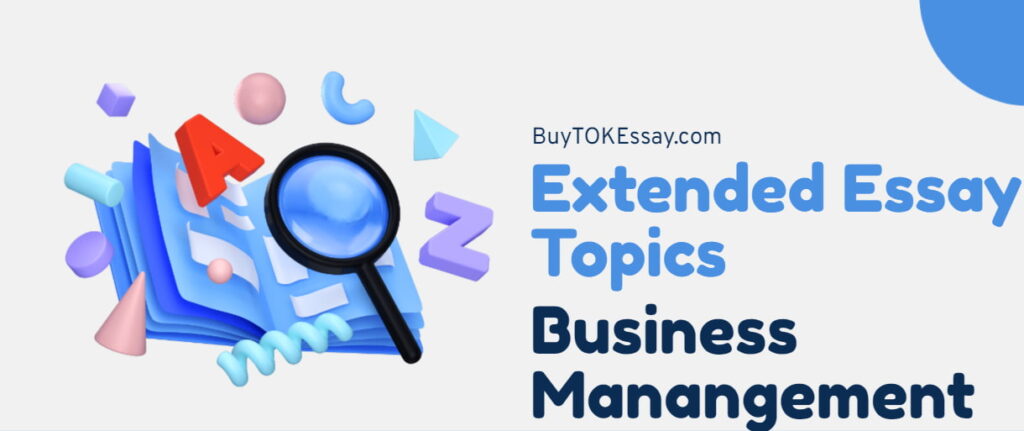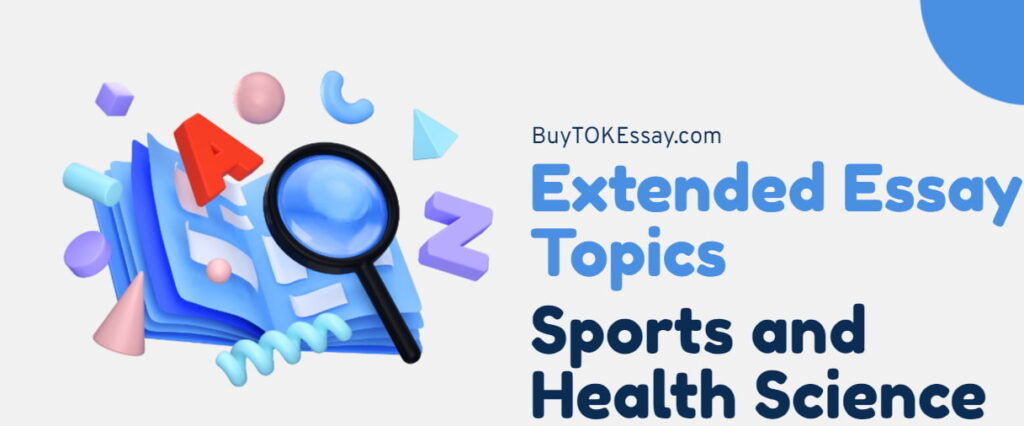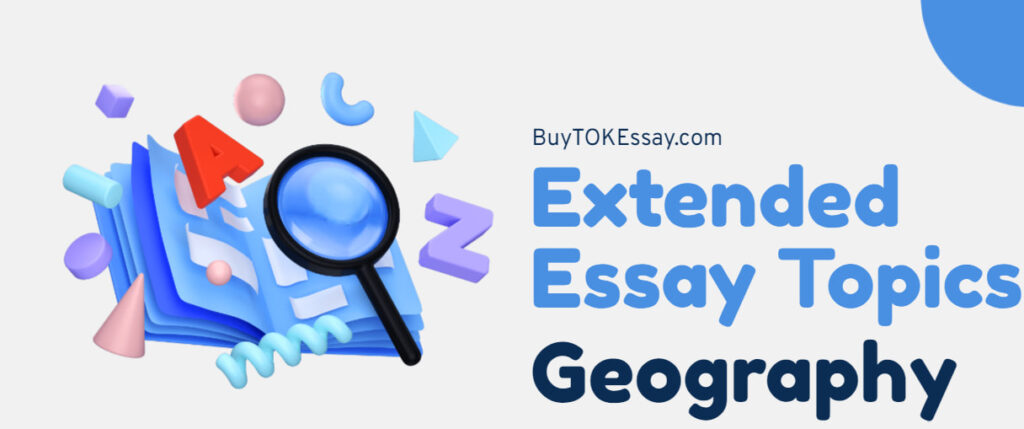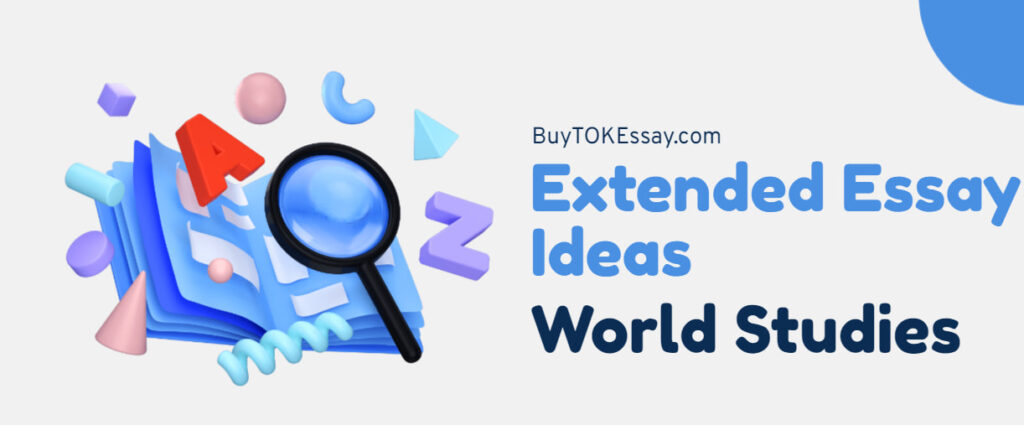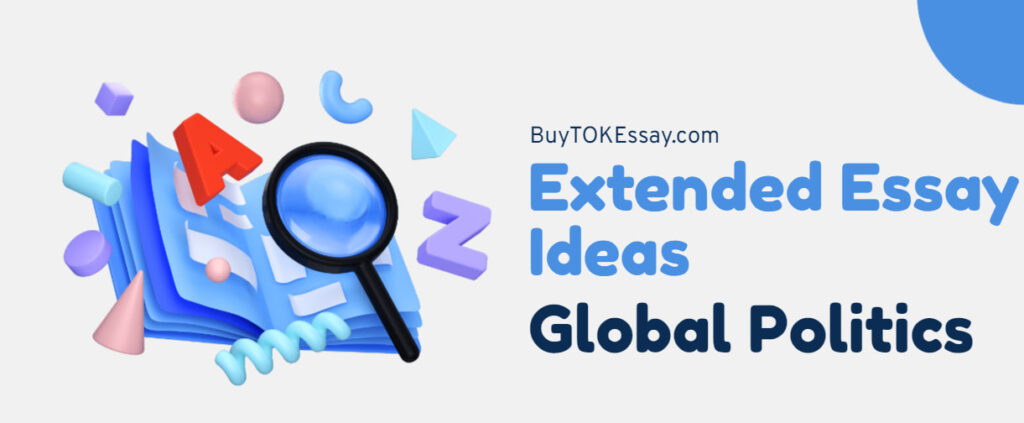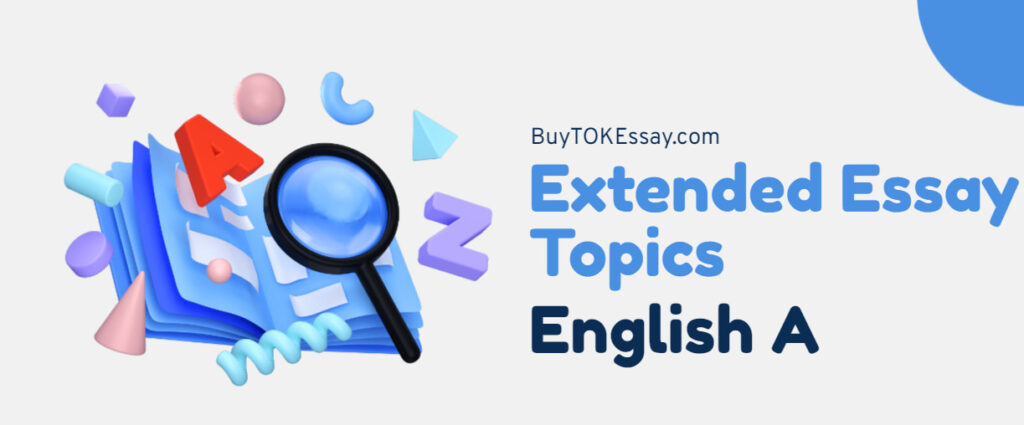Let me start by easing your burden: you are no longer required to write an abstract for your IB extended essay.
Having spent years working with IB students, I’ve seen firsthand how easily misunderstandings may arise over out-of-date criteria. One of the most frequent errors students make is spending time on something that is no longer relevant for scoring. The IB extended essay abstract is just like that. Let’s make everything plain.
What Is an IB Extended Essay Abstract?
You may have seen a portion known as the IB extended essay abstract if you have encountered previous IB materials or example writings.
Before 2018, the start of each extended essay had a 300-word synopsis. It provided a succinct description of the research question, the methodology used, and the conclusion. That isn’t the case now, however.
As of the 2018 edition of the IB extended essay guide, abstracts are no longer a requirement for this research project. Actually, the abstract is no longer included in the evaluation criteria. This implies that adding one does not impact your grade and is not advised.
What was formerly included in the abstract, then? Here’s a summary to help you understand how expectations have evolved, not because you need to write one:
- Research question – the question your essay addressed.
- The investigation’s scope – a brief synopsis of the subject and background.
- Methodology – an explanation of your research methodology.
- Conclusion – an overview of what you found out.
These parts used to be required but aren’t needed with the new curriculum. Focusing your words and work on the introduction, analysis, and conclusion is much more useful, and that’s exactly what IB examiners expect today.
If you’re unsure if you should include an abstract, don’t. This part is unimportant today and wastes words that could be used to improve your case.
To sum up, current IB extended essays don’t need an abstract, and writing one is not worth your time.
Why IB Removed the Extended Essay Abstract?
The decision to remove the abstract from the Extended Essay wasn’t random; it was part of a bigger change in how the IB grades student work. IB extended essay abstract writing was a formal requirement in the older syllabus. It was meant to help students describe their research and show examiners how the essay was organized. But as time passed, it became clear that this short part wasn’t adding anything to the total review.
From what I’ve seen and heard from other IB teachers, many students had trouble understanding the abstract. Instead of making the essay’s purpose clear, it often caused extra stress, especially when trying to fit a lot of information into 300 words while still following rules for structure and style. Also, writing an abstract often repeats things already said in the introduction and conclusion.
The 2018 IB curriculum change makes the extended essay writing process easier and more up-to-date. The abstract was removed so that the introduction could be more focused and full of information. Now, students should show they understand and follow structure by writing a strong intro, a clear methodology, well-supported arguments, and a relevant conclusion without using a summary paragraph to explain the main point of their research.
To put it simply, writing an abstract for an IB extended essay was taken away because it was no longer useful in the new format. Getting rid of it made the essay clearer, easier to understand, and gave students more time to work on the parts of the paper that really matter for grades and academic thought.

What If You Write an Extended Essay Abstract?
“What happens if I include an abstract anyway?” is a question you may have. It’s a reasonable thought, particularly if you’ve seen prior instances or well-intentioned guidance online. Writing an EE abstract is not required by the current IB criteria and will not raise your grade.
The abstract is no longer included in the evaluation rubric and has been eliminated from the necessary structure as of today. This implies that examiners won’t read it as part of your graded work. It doesn’t immediately lower your grade, but it also doesn’t help, which is crucial when you have a word limit restriction.
In my experience, students squander time and energy creating EE abstracts that are never considered throughout the grading process. Even worse, those 250–300 words detract from your analysis, conclusion, and introduction sections that are important.
Including an abstract usually isn’t a great idea. It doesn’t get marked, but it still takes up part of your 4,000 word limit. On top of that, it can make it seem like you’re following outdated instructions, which might give the examiner the wrong impression.
Abstract vs Extended Abstract
Alright, let’s clear this up real quick. A regular abstract is like the TL;DR of your essay – super short (about 300 words max), just giving a quick peek at your topic, how you researched it, and what you found. An extended abstract is like the same thing but with a bit more meat – closer to 1,000 words and might even throw in some background info or data. Think of it as the halfway point between a summary and the full essay. But heads up – IB doesn’t want either anymore.
Therefore, don’t waste your word count trying to write a separate summary. Put that energy into making your intro and main points sharp – that’s what actually gets marked.
So, don’t use the abstract unless you’re writing for your practice or reading earlier styles for comprehension. Staying in line with the most recent IB requirements can help you write a better extended essay.
What’s the Current Structure for an Extended Essay?
The IB has simplified the structure of the extended essay, making it easier to understand. From what I’ve seen, following the suggested style makes it easier to meet the assessment requirements and makes the writing process go more smoothly.
Title Page
Your title page is the first thing the examiner sees, so make sure it is complete and neat. It should include your IB candidate number, the subject (like “Biology” or “History”), the title of your extended essay, and the final word count of the essay (without references, citations, bibliography, and appendices).
Don’t use pictures, colored fonts, logos, or fancy formatting—this isn’t the place to be creative. Use standard fonts, aligned text, and even spacing to make your document look professional. The goal is to be clear.
Contents Page
Following the title page, there should be a table of contents listing each section of your extended essay and its associated page number. Make sure your essay’s parts match clear, reasonable titles. In longer writings with complicated points or facts, this page is especially helpful in assisting the examiner in quickly finding essential parts.
If you change or move any parts before turning them in, make sure the page numbers are correct and update them.
Introduction
You have the opportunity to explain the purpose of your essay and its significance in the introduction:
- Your research question, which is the primary focus of your work, should be stated explicitly first.
- Next, provide the reader with some background information or context to help them understand the importance of your subject.
- You may bring up a particular historical or scientific backdrop, a research need, or a controversy.
- Lastly, briefly describe your strategy for answering the question.
In my experience, a well-written introduction sets the tone for your essay and creates a powerful first impression.

Need Help with Your IB Extended Essay?
Whether starting from scratch or fine-tuning your existing assignment to meet your supervisor’s demands, the BuyTOKEssay.com team is here to make your dream of a perfect paper a reality. Just buy an extended essay from our IB experts and say goodbye to writer’s block!
Body (Development of Argument)
The majority of your analysis is included in this section, which serves as the primary body of your extended essay. Presenting your facts, talking about other viewpoints, evaluating sources or data, and logically developing your case are all important.
Subheadings are often helpful in areas like History, Biology, and Economics to assist the reader in following your thoughts. Ensure that every point you make is connected to your research question. Keep your essay from becoming a collection of facts; concentrate on analysis and critical thinking.
Conclusion
In the conclusion, you tie everything together. Restate your research question clearly and show how your results answer it. This is not the place to add new information or sources.
Instead, think about what your case means and what it can’t do. If it makes sense, list places that need more research or still have open questions. If you have a perfect conclusion, the examiner will understand what your research has found and why it is important.
References/Bibliography
Your bibliography should include all the sources you cited in your essay: books, journal articles, websites, interviews, and any other material you’ve used. Also, stick to a consistent citation style approved by your IB subject guide and double-check that every in-text citation matches a full entry in your bibliography.
From my experience, IB examiners pay close attention to source use and academic honesty, so take this part seriously.
Appendices (if necessary)
Appendices are optional; only include them if they provide the information your research needs. It might consist of unprocessed statistics, some graphs, interview results, or quotes summarizing the main text’s flow. Avoid packing this section with duplicates or additional material already covered in the essay.
Thoughts from a Seasoned IB Writer
IB has changed – and changed again – over the years. Staying up to date with the official guidelines is half the battle. Once a considerable concern, writing an EE abstract is now considered obsolete. Instead, put that effort into writing a well-considered essay satisfying the evaluation requirements. I promise that both your examiner and your future self will appreciate it.
And if you need some help with the structure of your essay, just contact us at BuyTOKEssay.com. With our assistance, you will easily receive the highest grade 😉
